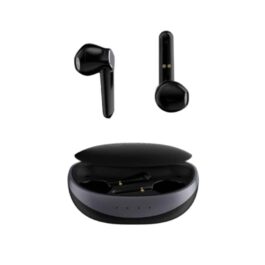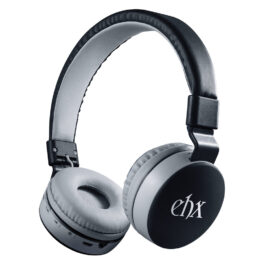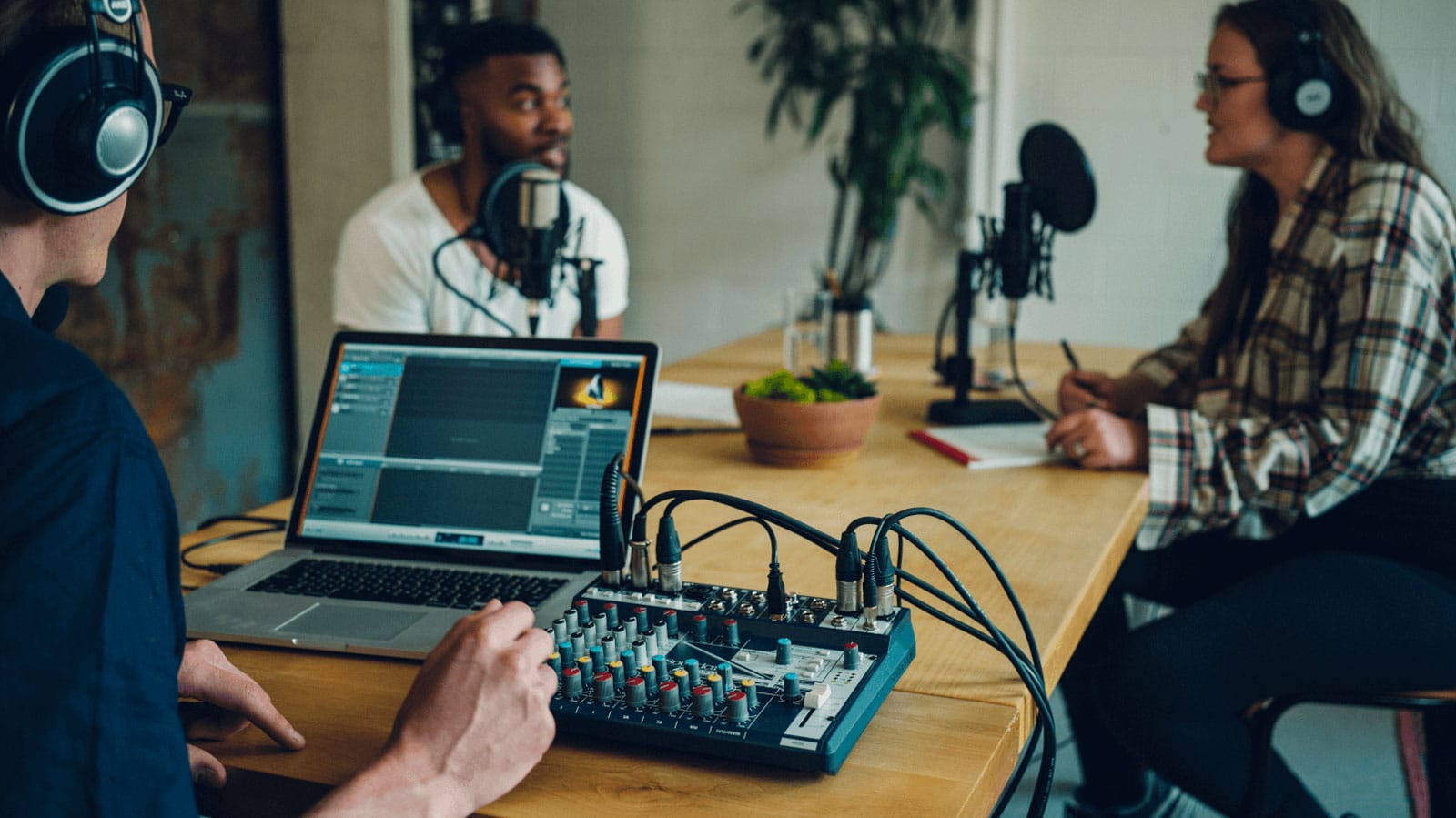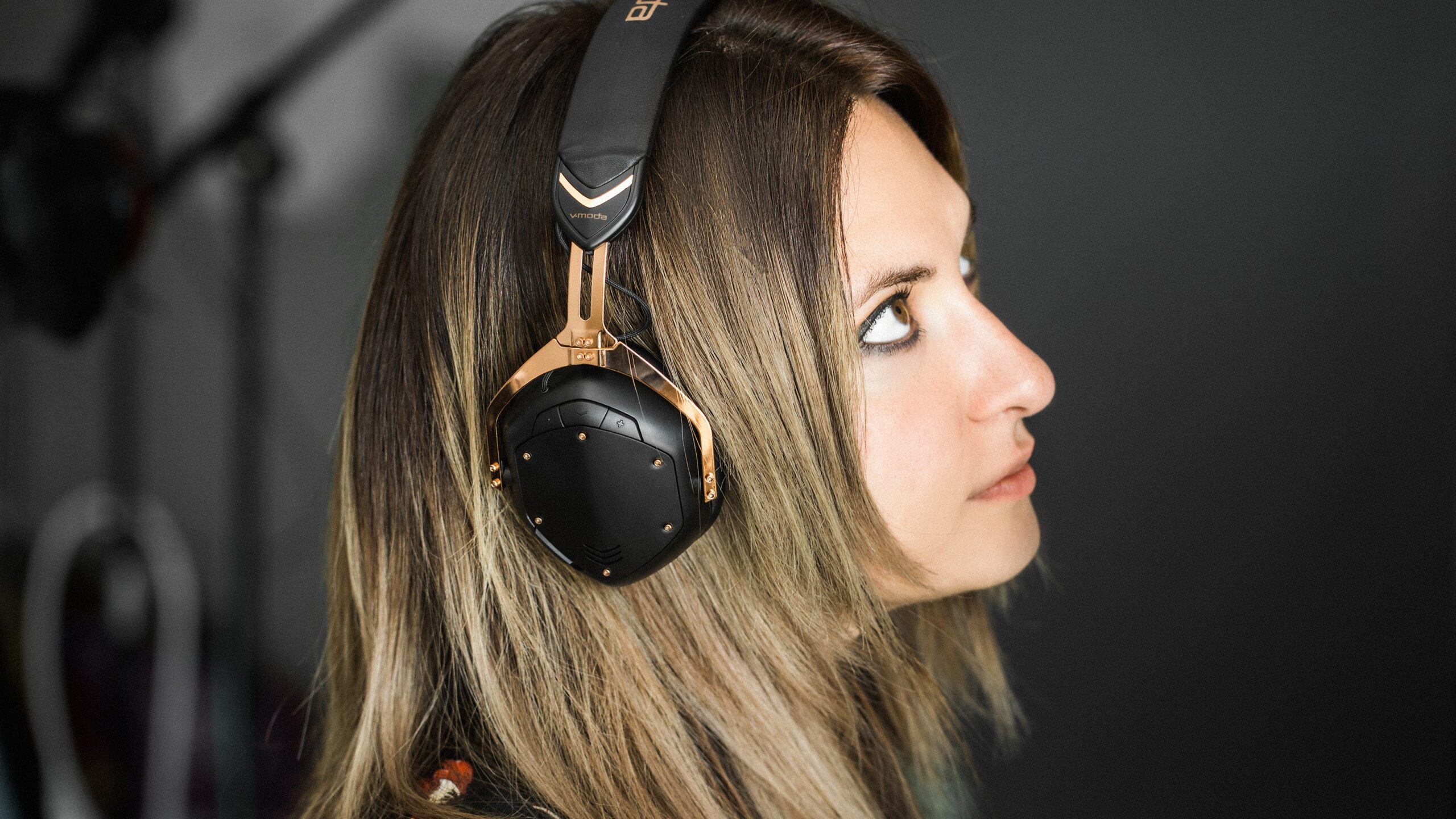
Bluetooth has become an integral part of the music listening experience of a vast majority of users.
With in-car audio systems relying predominantly on Bluetooth, and most smartphones not even including a headphone jack, Bluetooth is easily the most popular method of audio consumption today.
But this, of course, begs the question – is all Bluetooth audio the same?
Well, no. Most sets of Bluetooth headphones, portable speakers, or car audio systems you purchase these days will come along with a claim that they’re sporting a new version of Bluetooth, or a high-end Bluetooth codec of some sort.
The question, then, is which of these really matters? And what “marketing speak” is worth ignoring?
In the interest of providing some clarity here, but without getting too technical, we’re going to break down some of the basic concepts behind Bluetooth audio codecs so you know which features to look out for on your next purchase!
It's all about the Bitrate
The first step in understanding how digital audio is transmitted is understanding bitrate. Put simply, bitrate is the amount of audio data transferred per second. This is calculated by multiplying sample rate, bit depth and number of channels (usually 2, with most music being recorded in stereo – left and right).
Sample rate: This is the number of points of data sampled every second, these are essentially “snapshots” of the sound wave. The higher this number, the higher the audio resolution will be. The most common sample rate is 44.1kHz (44100 samples per second), found on CD’s WAV files. This is about double the frequency most humans can hear (20kHz), as you need at least two samples per cycle for a digital signal to represent any given frequency.
Bit Depth: This represents the quality of each of those samples, or “snapshots”. The higher the bit depth, the more accurately each sample will represent the recorded audio. The most common bit depth, again found on CD’s, is 16-bit. This allows for around 65000 possible variances in samples.
This means a CD quality audio file will be represented as 44.1kHz/16-bit, or a bitrate of 1411Kbps.
Don't Underestimate Compression
It’s important to note that most available music consumption platforms such as MP3’s or streaming services don’t operate at CD quality bitrates. This is because of file size. It is just not practical to transfer or store CD quality audio in these contexts, as the files generally exceed 50mb for an average song.
This is where compression comes into play. The most common form of compression is the MP3, where the bitrate is cut down to around 320Kbps on the high end, and as low as 92Kbps on the very low end. This is done by removing frequencies that are outside the scope of human hearing, or outside the capacity of most playback systems.
The most commonly heard compressed bitrate is 320Kbps, which is found in MP3’s. The impact this bitrate difference has on your listening experience is entirely personal, with some people claiming the experience is identical, and others claiming they can hear the difference far beyond 1411Kbps. While the practical difference may be vague, the theoretical, scientific difference certainly is not, so we’re not going to argue with high quality bitrates.
But nevertheless, there are 3 types of audio compression formats:
Lossy (MP3): Meaning some information is lost in the pursuit of smaller files. MP3 files can be more than 90% smaller than the original file.
Lossless (FLAC or ALAC): These keep all the data while still compressing file size, although only by around 60% on average.
Uncompressed (WAV): Bigger files, retaining absolutely all information.
How does this relate to Bluetooth?
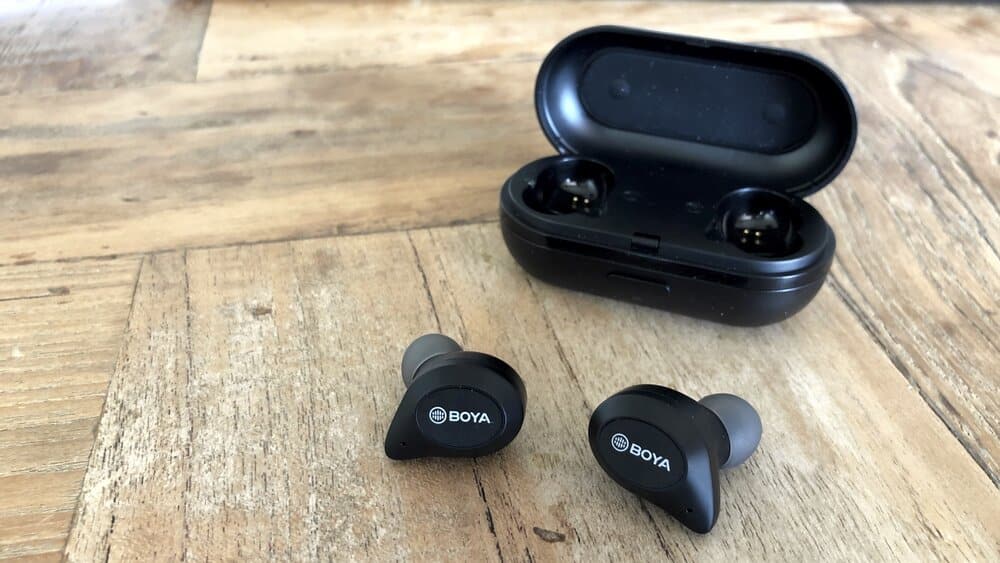
Now that we have the basic concepts out of the way, let take a look at Bluetooth codecs and how they deal with these files.
What is a Bluetooth codec?
Bluetooth codecs determine how Bluetooth transmits from the source device to your playback device. As we now know, lower bitrates mean better compression but worse sound quality, while a high bitrate means better sound quality and worse compression. So codecs have a compromise to navigate; they somehow need to transmit audio both quickly, and at a high quality.
There are 5 codecs that are most popular SBC, aptX, aptX hD, AAC, and LDAC.
SBC: The Sub Band Codec. This is the most common codec, and is considered the standard, as you will find it compatible with almost every Bluetooth playback device on the market today. SBC has transfer rates of between 192-320Kbps, meaning it’s absolute peak only just matches MP3 quality, but this is often inconsistent, and drop-offs are common.
aptX: This supports higher transfer rates, and thereby preserves more data, with support for 352Kbps, allowing aptX to comfortably reproduce high-quality MP3 sound.
aptX HD: A high definition version of aptX, sporting even more headroom, with a supported transfer rate of 576Kbps, which also provides for higher quality audio files.
AAC: Advanced Audio Coding. This is the license-free standard for Youtube and for Apple devices. While it only supports transfer rates of 250Kbps, it does do this incredibly consistently, providing for a better experience than SBC.
LDAC: If setup correctly, and used with high-end smartphones, LDAC, Sony’s proprietary codec, offers some of the best transfer rates available, peaking at 990Kbps. But it is important to note that unless you are running a high-end device, it can be outperformed even by SBC.
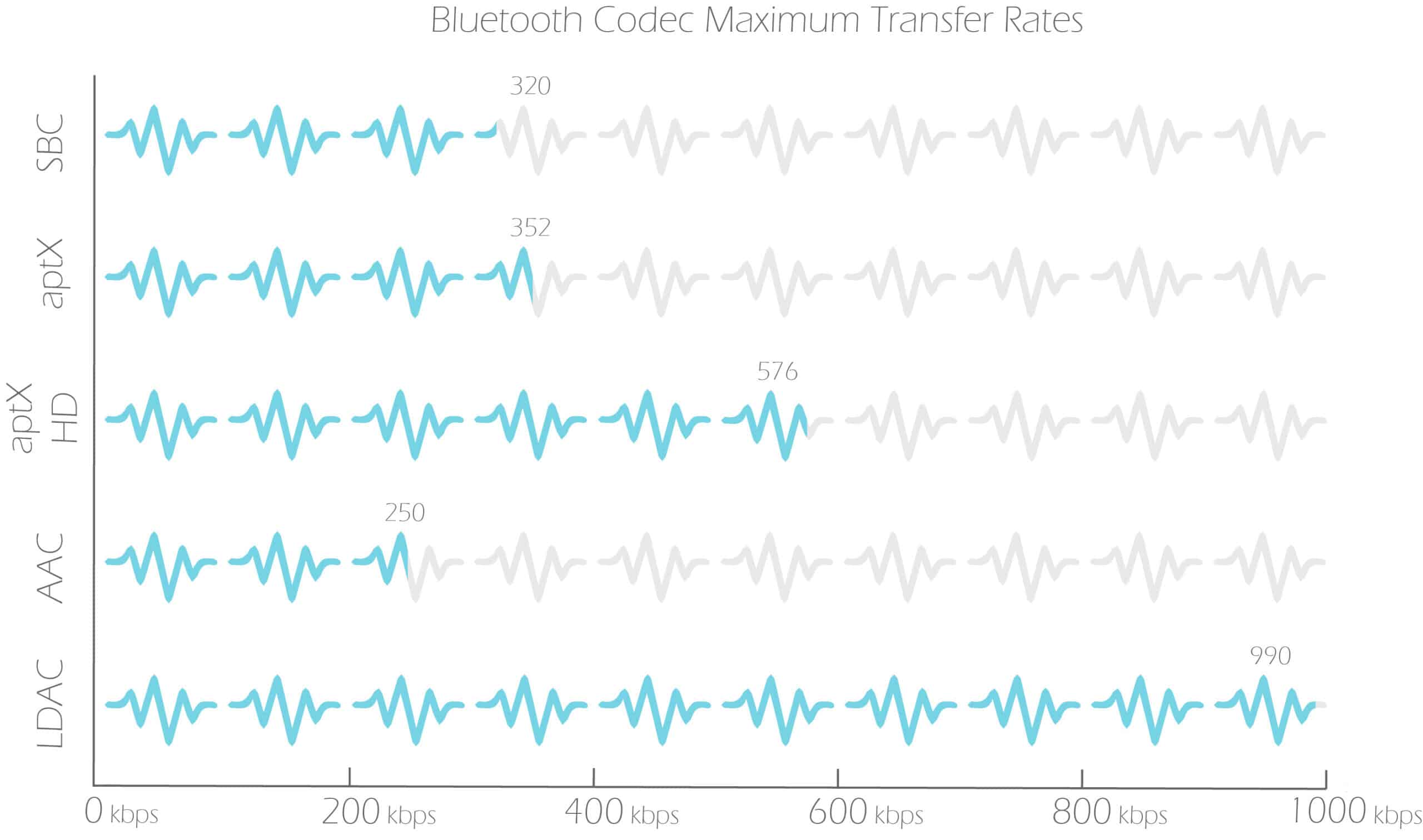
Our Winner: The aptX and aptX HD codecs.
Offering a comfortable balance between high quality transfer and broad compatibility, if you see anyone of these in the spec sheet of your next purchase, you’ve chosen well!
So what's the bottomline?
As you can probably tell, Bluetooth audio codecs are a real game of compromise, and finding the codec that best aligns with your phone, and with your Bluetooth playback device.
But at least now you are armed with a bit of information to help you decipher all the codecs listed in the spec lists of Bluetooth speakers and headphones!
Shop Bluetooth headphones today...
-
- DJ Headphones, Headphones
V-MODA Crossfade 2 Wireless Headphones – Matte Black
-
R7,995R5,995FREE DELIVERY - Select options
-
Request Stock
- Out of Stock
- Headphones
Boya BY-AP100 True Wireless Stereo Earphones – White
-
R895R760FREE DELIVERY - Select options
-
-
Request Stock
- Out of Stock
- Headphones
Boya BY-AP100 True Wireless Stereo Earphones – Black
-
R895R760FREE DELIVERY - Select options
-
-
- Headphones
Electro-Harmonix Sport Buds Wireless Earbuds
-
R795R690FREE DELIVERY - Select options
-
Request Stock
- Out of Stock
- Headphones
Electro-Harmonix NYC Cans Wireless Bluetooth® Foldable Headphones
-
R395R350 - Select options
-




